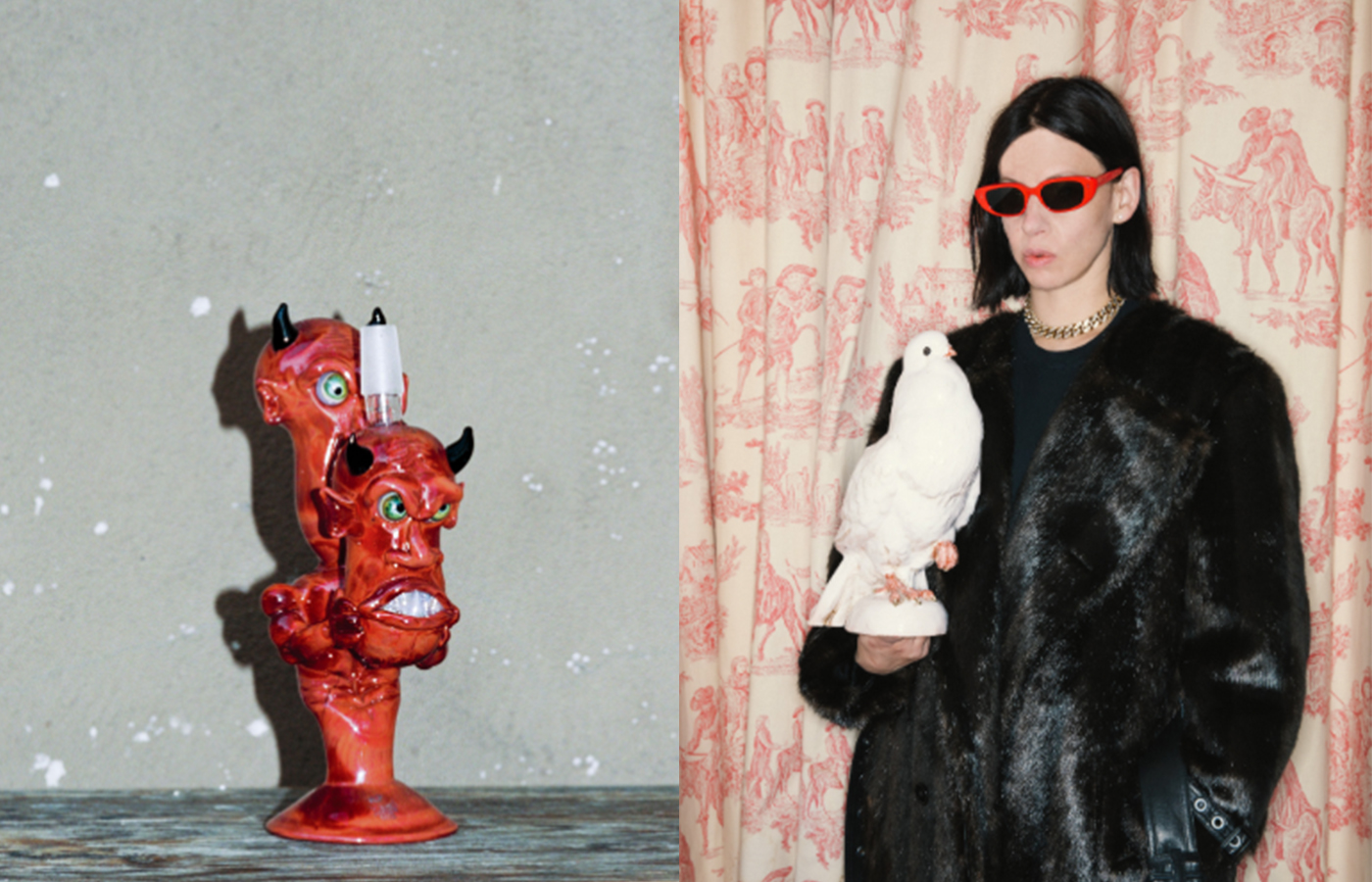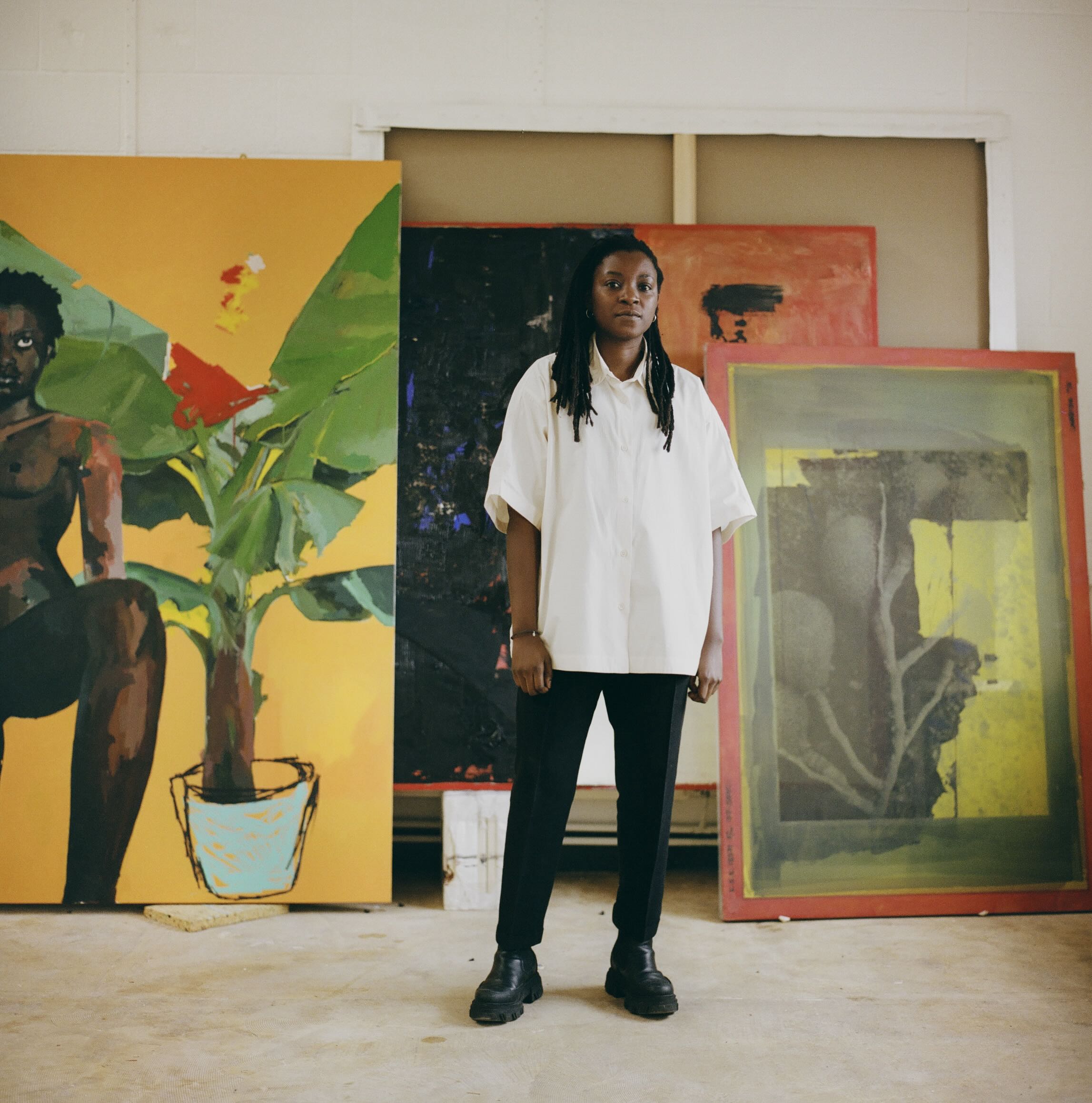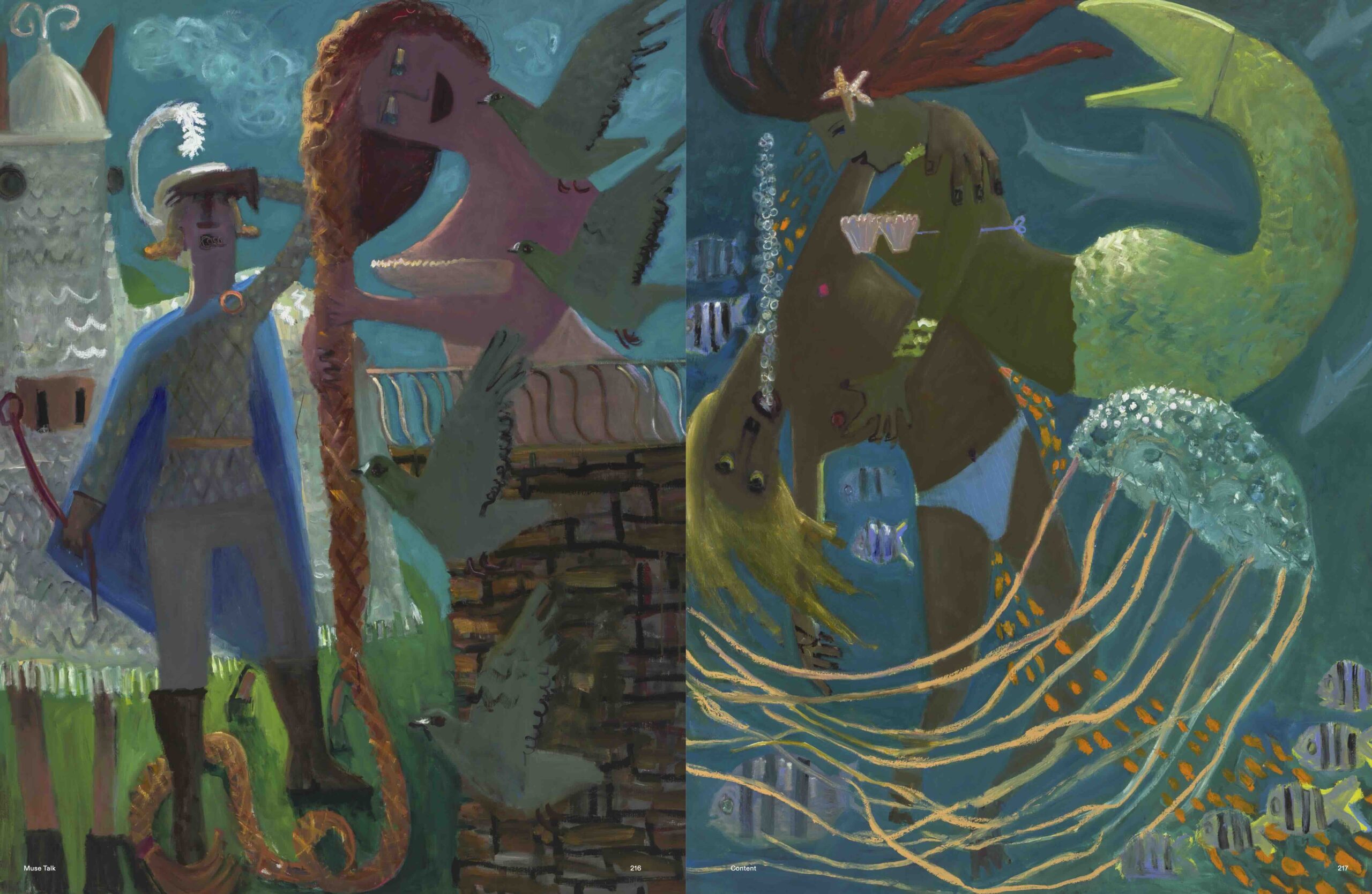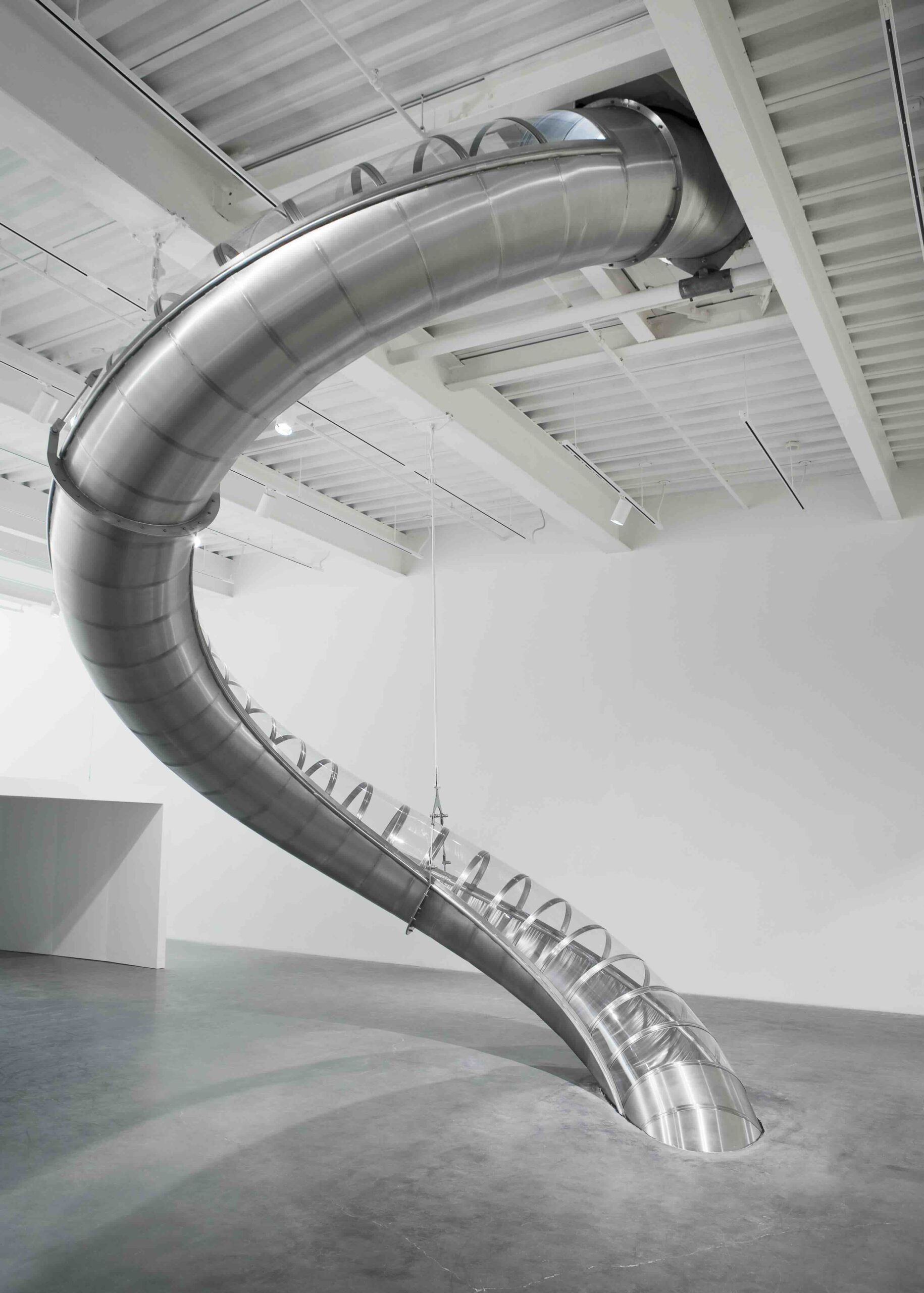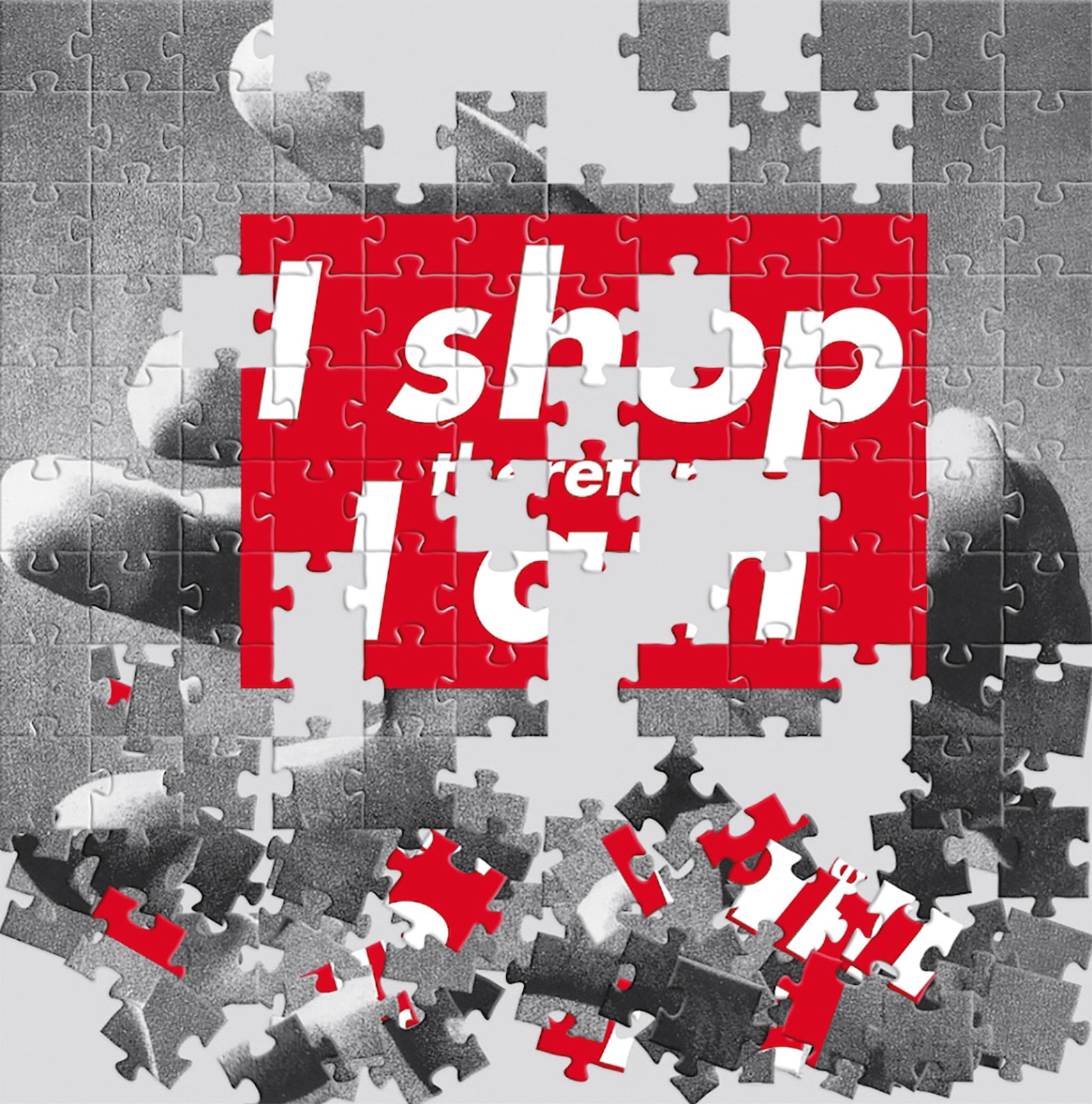HUO Let’s begin with the beginning, can you tell me about your scholarship in France?
AI I had the scholarship for one year. Then I received an invitation for the Carre D’Art in Nimes, so I asked them, if they could prolong the scholarship for another six months. Back then I started to do these pieces and I did plenty of music. We would go outside most of the time and did the pieces in the street. We would spend the whole day ouside in public places.
HUO So the public places were your rehearsal studio?
AI Yes you could say that. It was really good. The intention was to just create something, “Let’s do something here“ and it was really close to our usual work so it all kind of connected.
HUO How did the idea arise?
AI Nadine lived in Paris back then and she walked through every corner of the city. So she knew places outside the city center. So we just waited until the people left, to do the recordings. Créteil and Ivry were the last metro stations…
HUO Is that where you would go?
AI Exactly. Then below Stalingrad (Paris metro station), there are sport fields, which are more isolated. Then there is an ex train station, called Le Petit Ceinture, where there was an entrance from the catacombs and there was a big railway tunnel, if you passed through it, it seemed like the time was standing still – you were in the middle of the city but still alone.
HUO And what kind of pieces or fragments of pieces were tested later?
AI Especially Rage and this Pickpocket piece.
HUO But this is your first big exhibition in Paris? You didn’t do anything here before, did you?
AI Well, I have been invited once with one piece. I did it with MoMA PS1. There was a festival and I was kind of part of the festival. It is funny that it was in the room where we rehearse now.
HUO So you rehearse here now?
AI Yes.
HUO Will there be a live performance?
AI Yes, in October. Probably October the 14th. I think for me it was something special that it opened without the performance.
HUO Was it the first time that it happened?
AI Once in Castello di Rivoli, we opened without the performance piece but it was due to the pandemic. In both cases it gave me a different perspective and I could focus more on my other works.
HUO All the walls were removed.
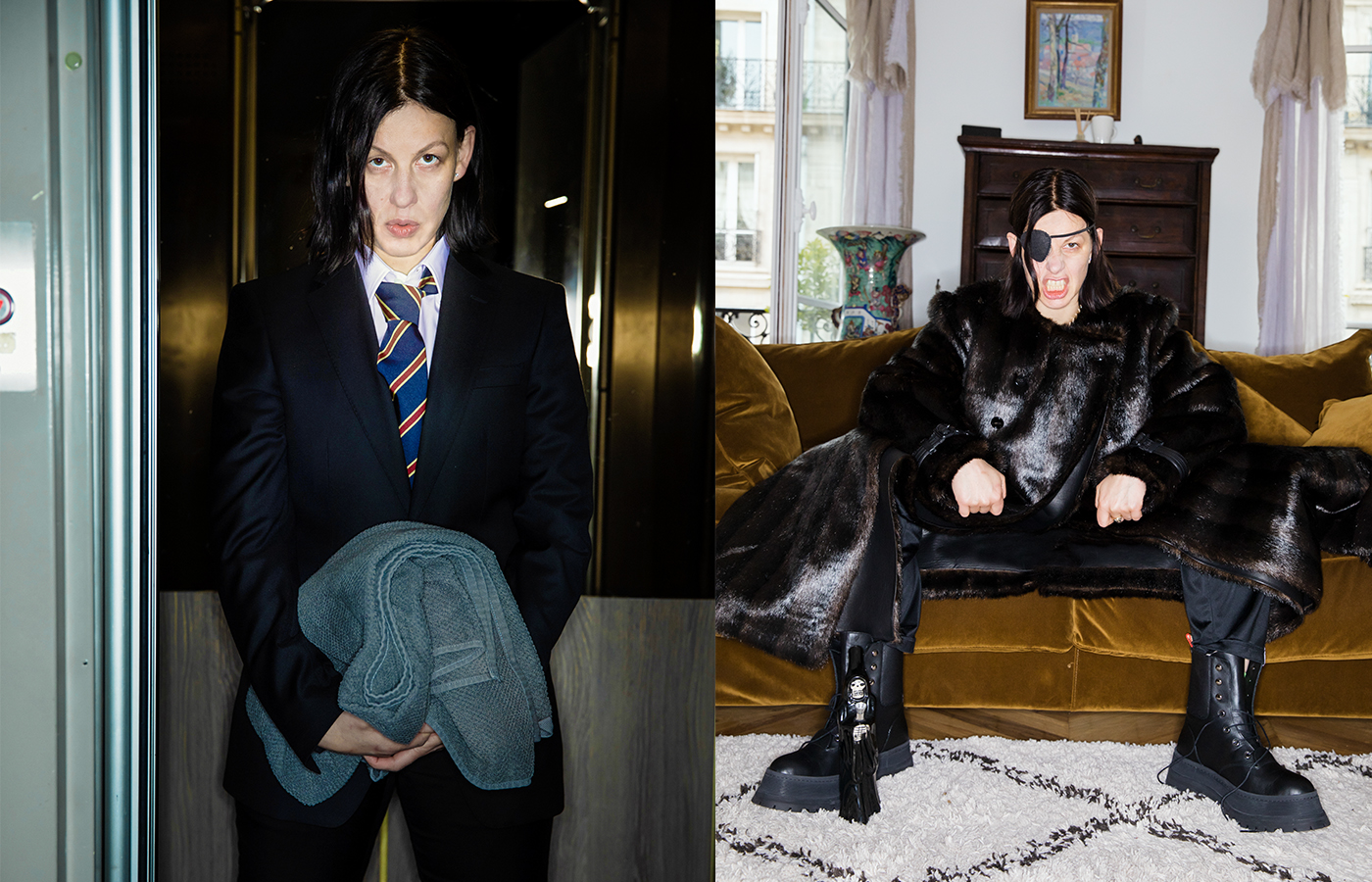
AI Yes, although I did not see it for a long time. It was done quite late in the process of the installation. But it was kind of spectacular to see the process as it took so long and I could spend some time here.
HUO So because everything was removed, the viewer is confronted with the fragile and empty body of the building and you only see these pillars.
AI Yes, I knew it would be a lot of space, but I thought it is good to see it. When I did, I first thought “Wow there is so much space” maybe some places need to stay empty but then came the idea to invite other artists. I loved to see what they did and how. It was a great experience. I realized when the pieces were installed, what kind of force they had. They had a great inner art power.
HUO How was it structured? Did you remove everything and then you added some parts? Did you have a masterplan or did it happen organically?
AI I think it had to develop organically as the pieces suddenly worked differently together. There is so much in each and every piece, so much work and history and purpose – someone’s life history. So you cannot see the connection at once and this is good.
HUO Was there a starting point of development? I mean your architecture is in the center, the sound is really centered, the video of you and Eliza (Douglas) is centered. Were those fixed points?
AI It is always difficult to say, what the exit point was. I always try to do things simultaneously as long as possible but the exit point is often the material, so I think it was first the glass.
HUO The glass was found?
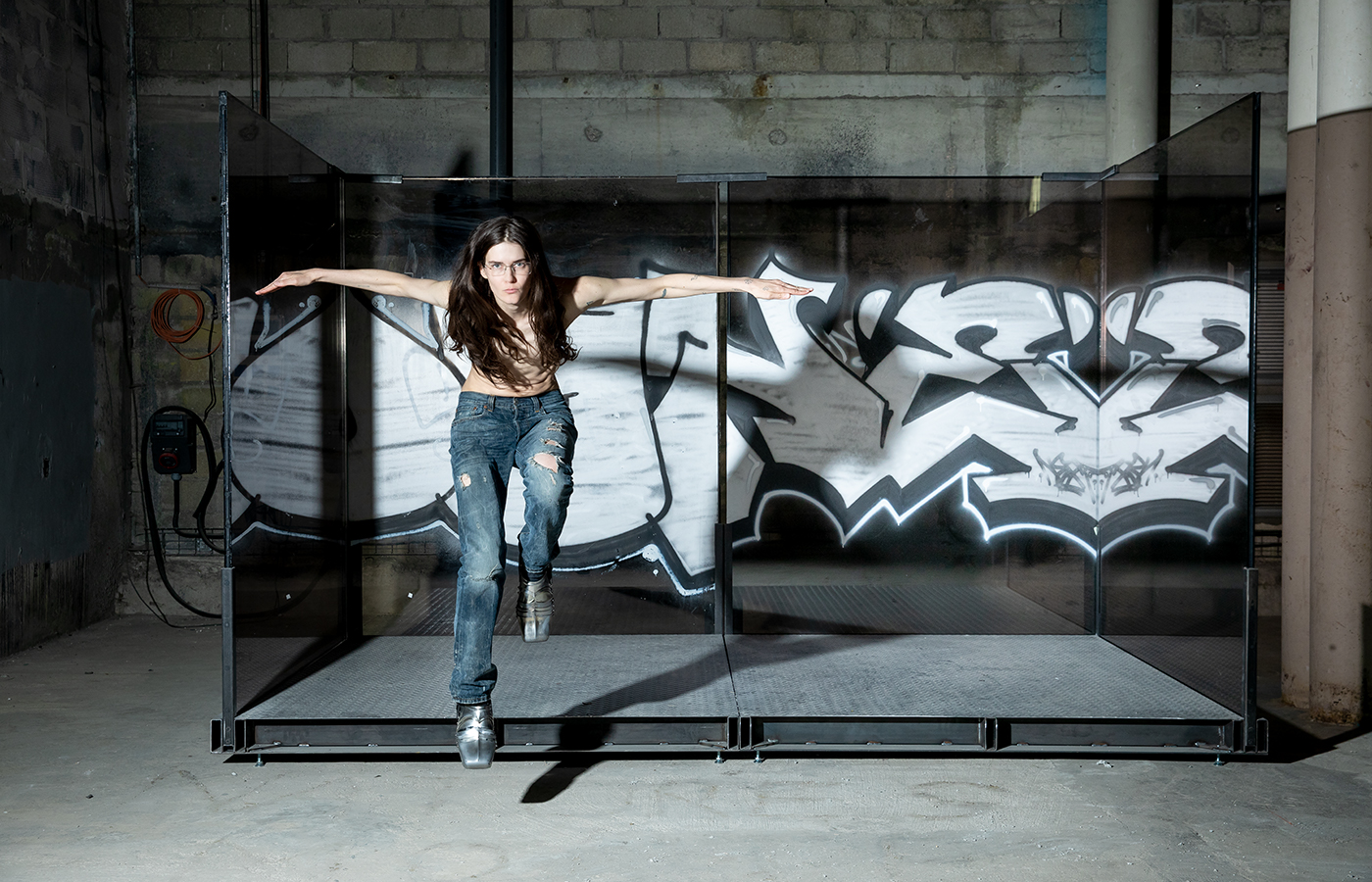
AI Yes, Andrea Faraguna and Niklas Bildstein Zaar – I worked with them back then – they showed me a picture of the house they found in Italy, because they thought I would be interested in working with the glass. But then it was really difficult to work with the glass, because it was almost impossible to remove the glass from the building without breaking it. I could not be given any samples and I could not fly over there to have a look at the glass. So it was produced here and the idea of a maze was the center of all of it – that I wanted to create a maze.
HUO So you drew a maze?
AI Yes, but it is not really a maze. It just indicates a maze and you have the feeling that you can slide through it. The idea was that the art pieces were placed inside, to acknowledge the infinity or to present the different temporality of the art pieces. I kind of imagined that it would work like a mausoleum, where you can celebrate art – that you stroll through it and suddenly, it was maybe the idea of different speeds, one part maybe slow and the other part that gives you a passage to a different speed.
HUO Or you could take another path or direction. There is no “one way“.
AI Yes, it kind of is – away from the center and against all directions, that was important for me.
HUO Eliza composed all of the music?
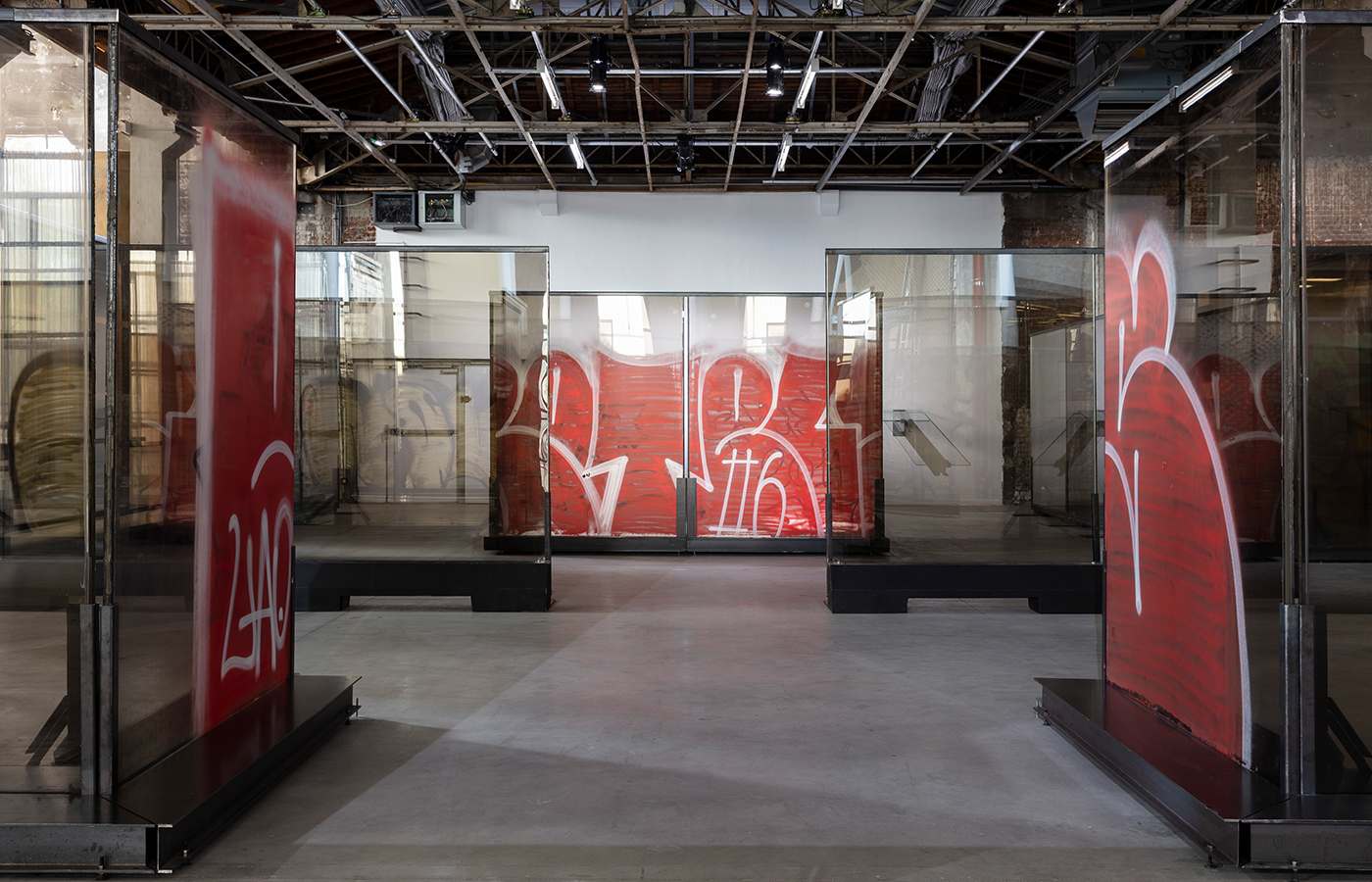
AI Yes, she did all of it. I love the idea of the sound. The sound bleeds. It bleeds in all the different rooms. Then it flows, melts into each other. Naturally it could sound like a cacophony because nothing was really adjusted together. The sound is kind of disturbing, because it is loud and it is unsteady and steady… and you hear the sound already upstairs and this is kind of interesting.
HUO Yes, there is a wonderful bleeding. The sound merges with the others and this is because the walls are removed, right?
AI Yes, but also the things in between are important. We spend a lot of time to adjust the sound’s volume and when suddenly 10 people are inside, the whole sound and volume changes. In the beginning it was not clear where the border was – how to place the art pieces and which sound to it. Then it was clear that some sounds would appear several times. For example one sound, which is upstairs, plays as well downstairs in the green room, number 37.
HUO What just came into my mind, which fits to this subject, is what Margaret Mead once said: “If you just only address the visual sense, people tend to spend less time in rituals. Only if you address all of the senses, people spend a lot of more time in rituals and exhibitions.” And people spend quite a lot of time at your exhibition, at least to my impression.
AI I think, the feeling to get lost, that is something that people like. I mean to lose control or to transform.
HUO This is the work that was developed during the pandemic. So the pandemic is present in your exhibition, right?
AI Yes, definitely. The singularity. I have always thought about it in the previous work, for example, the one that you have seen in London. It was more about solitariness or isolation.
HUO Yes, at Picadilly, on the 1st of January (2021).
Read more on new September Issue 58.

